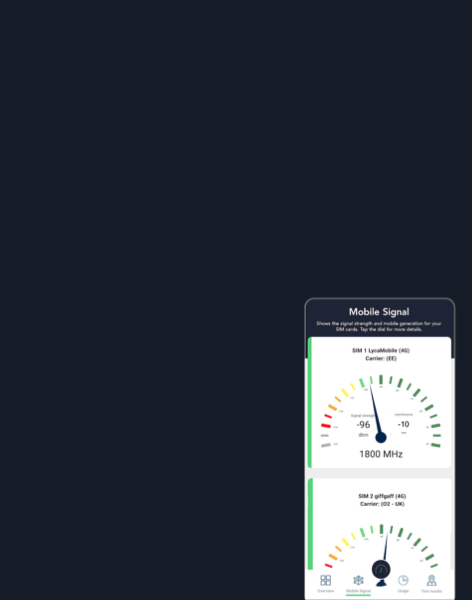New section of Research Service: notes on SES, Airbus and Inmarsat
The satellite industry may be economically smaller than its mobile counterpart but it is becoming increasingly important in discussions of spectrum policy. One example is the tens of thousands of new non-geostationary satellites that operators are launching to target new or underserved markets.
The ITU-RThe International Telecommunication U... Director-elect, Mario Maniewicz, told us in an interview a few weeks ago that this will bring some challenges to how the body coordinates spectrum an orbital resources.
Other public bodies are also reacting to the change. The US regulator’s most recent Open Meeting was dubbed “Space Month“, and the European Commission is organising a European Space Week at the beginning of December.
To track the implications for spectrum policy our research service now includes satellite companies.
Our first set of Research Notes, shows some clear patterns.
Firstly, there is strong support for 5G as an ecosystem of technologies, including satellite. Interviewees, particularly Inmarsat emphasised the importance of satellite communications for fulfilling the 5G vision of ubiquitous connectivity, as well as their involvement in developing technologies for satellite-terrestrial 5G integration.
At the same time, the sector is keen to protect its existing satellite investments and expressed various concerns regarding the spectrum that is under consideration for 5G systems. For example, Airbus was worried about ongoing protection for the European Data Relay Service, which could be sharing the 26 GHz band with mobile broadband services.
There is a clear preference for sticking to the ITU WRCThe World Radiocommunication Conference (W... process for determining spectrum utilisation at a global level, and opposition towards initiatives that fall outside that established process. In particular, SES emphasised that it has launched 19 High Throughput Satellites in the 28 GHz band in the last five years, and they are concerned about moves in some parts of the world to use the band for 5G. The satellite players are also reluctant to cede any further C-band frequencies to the mobile industry.
Our overview of the sector is available here.
By Toby Youell
